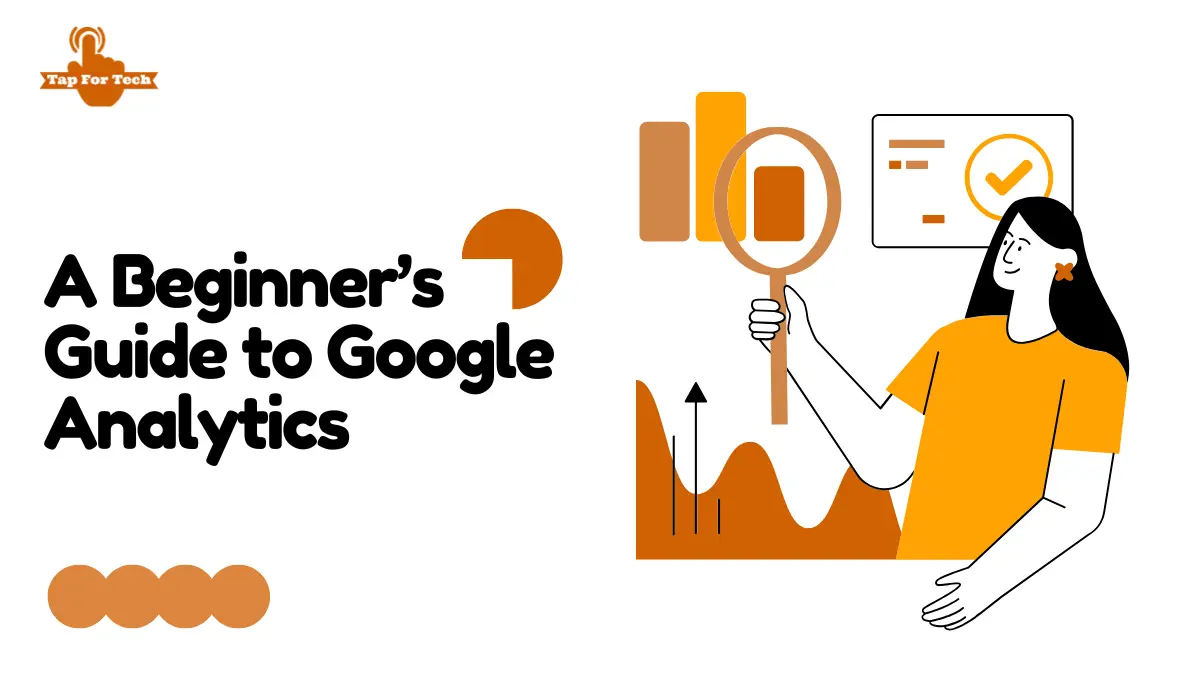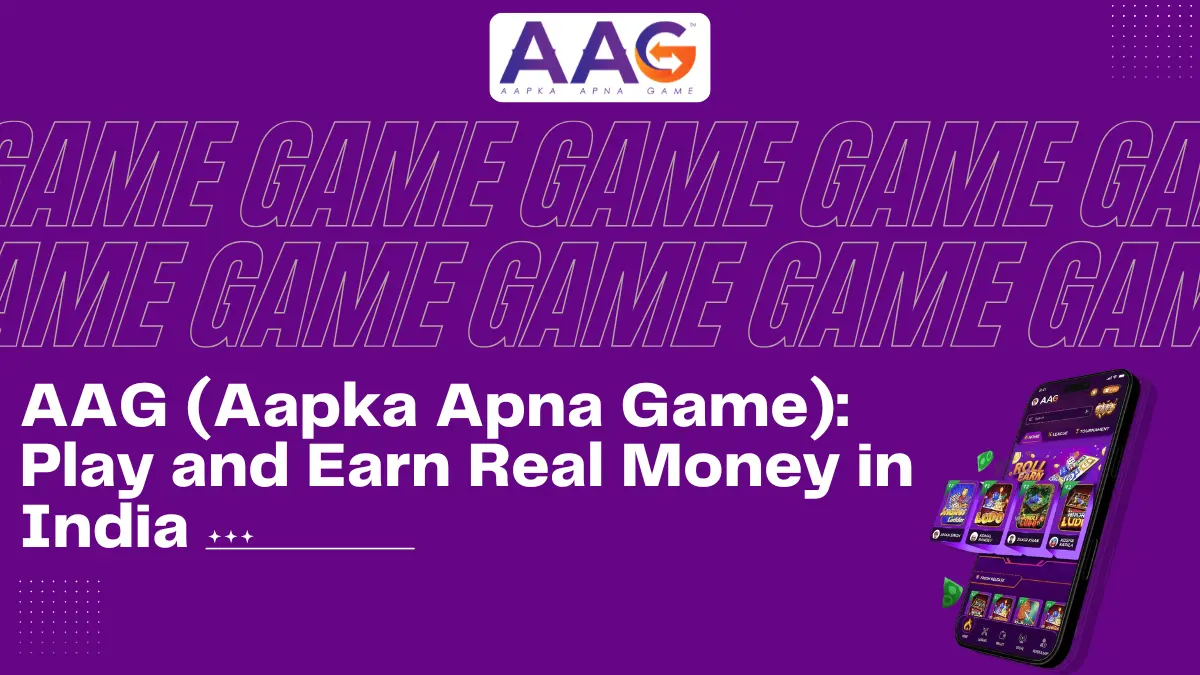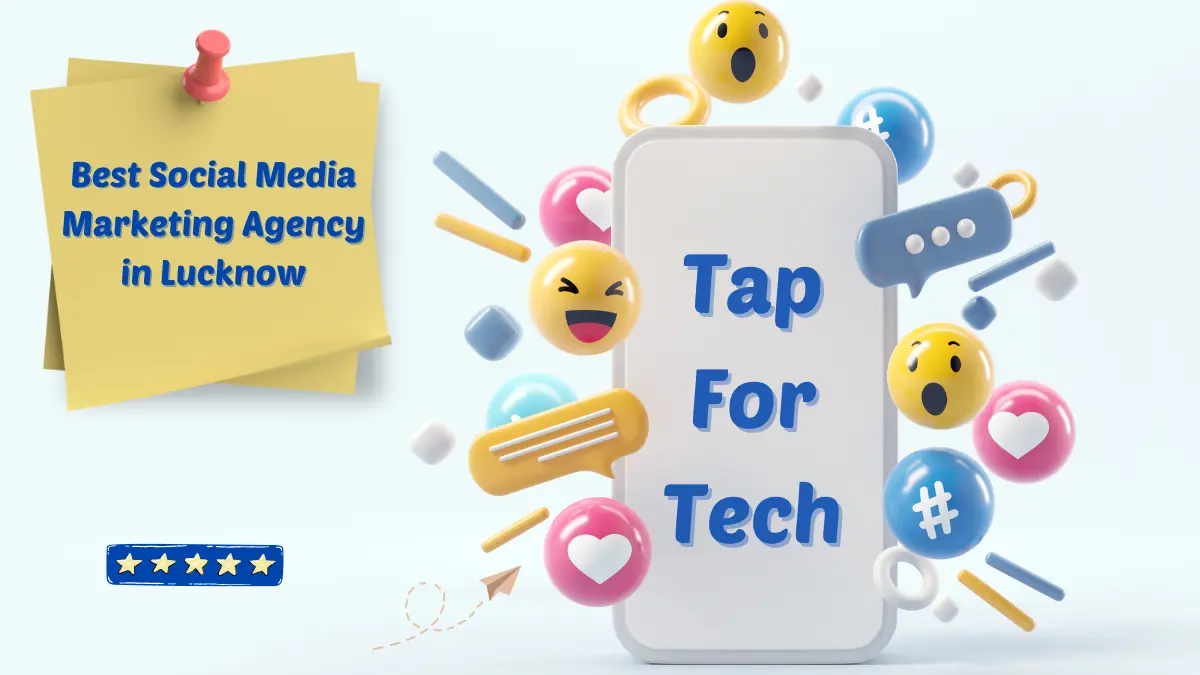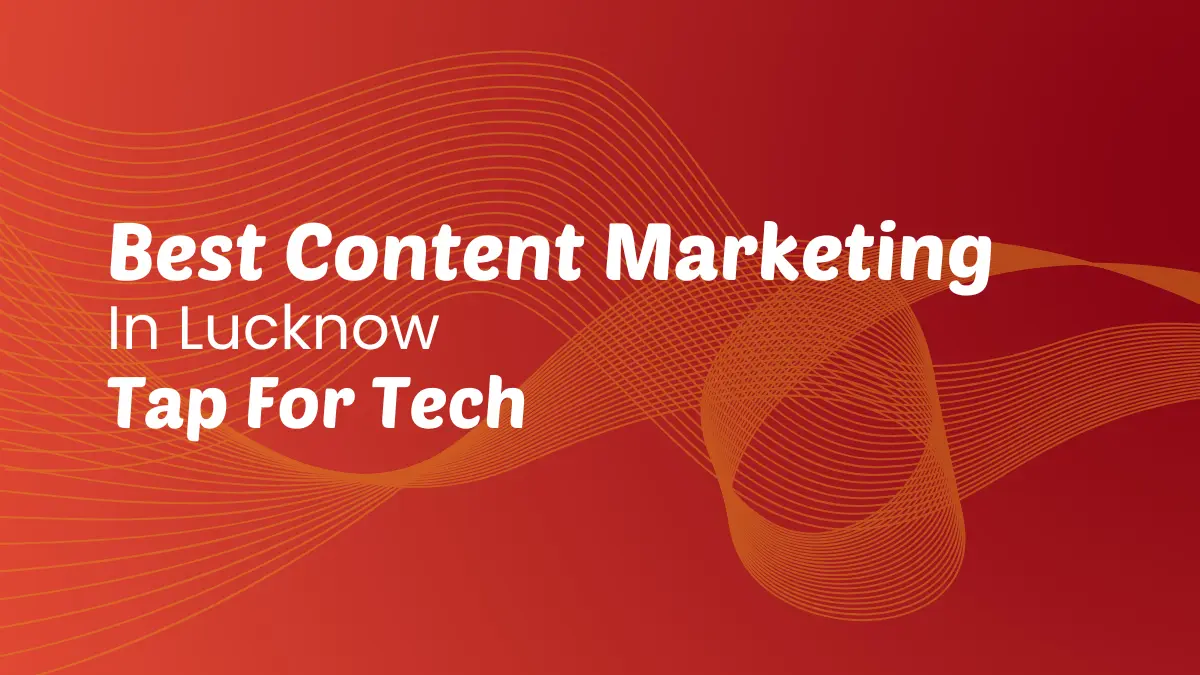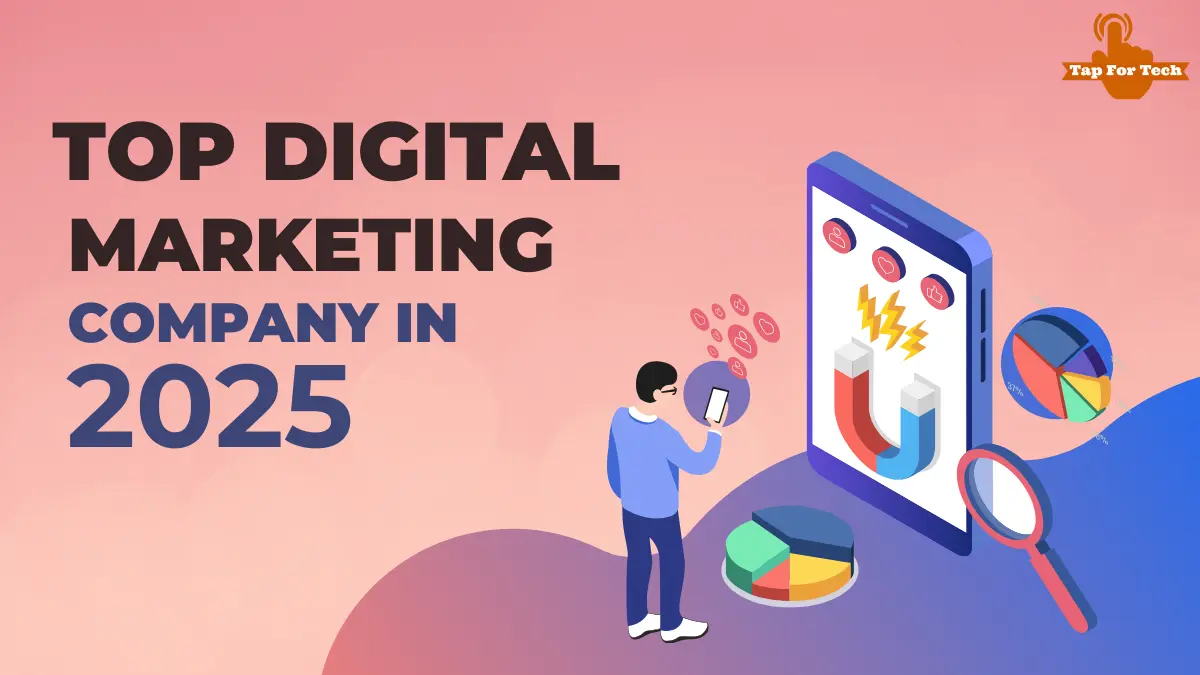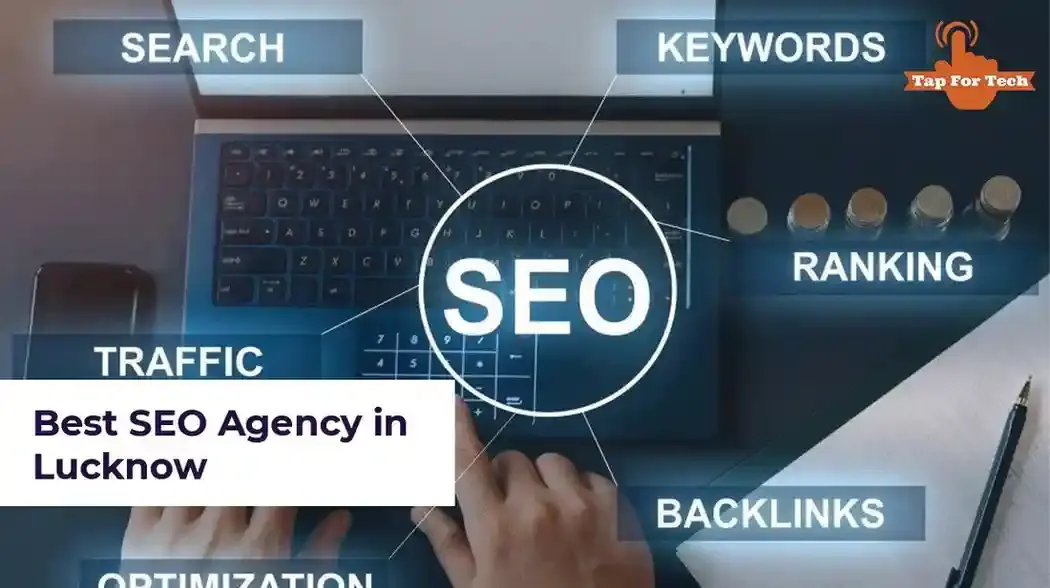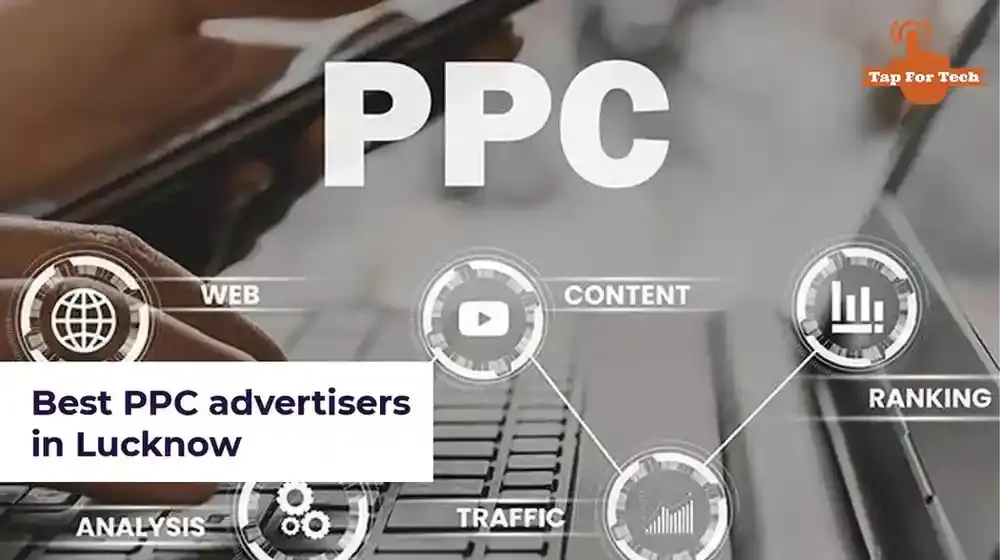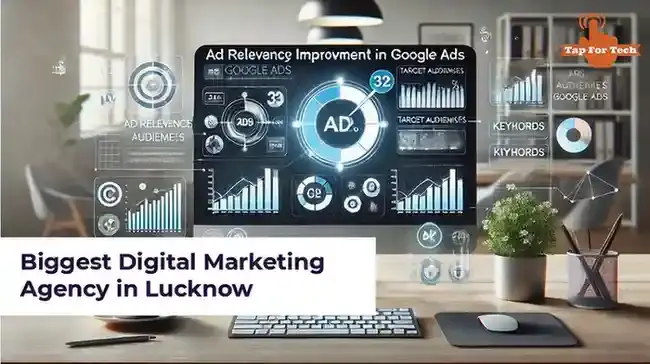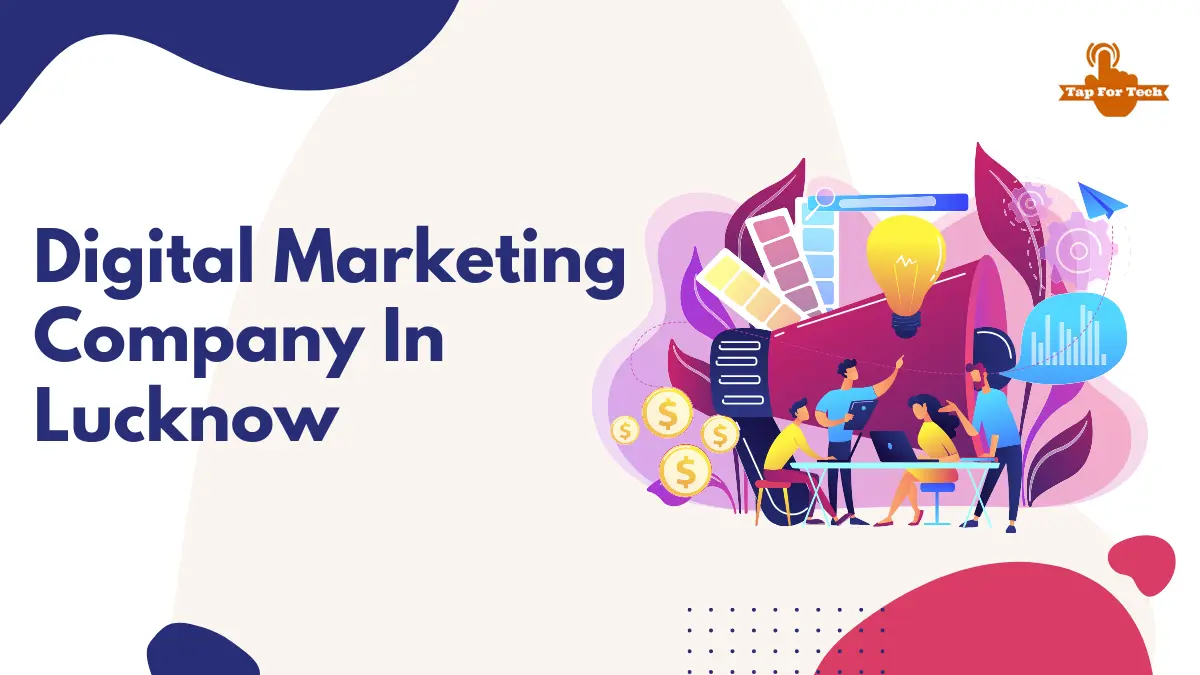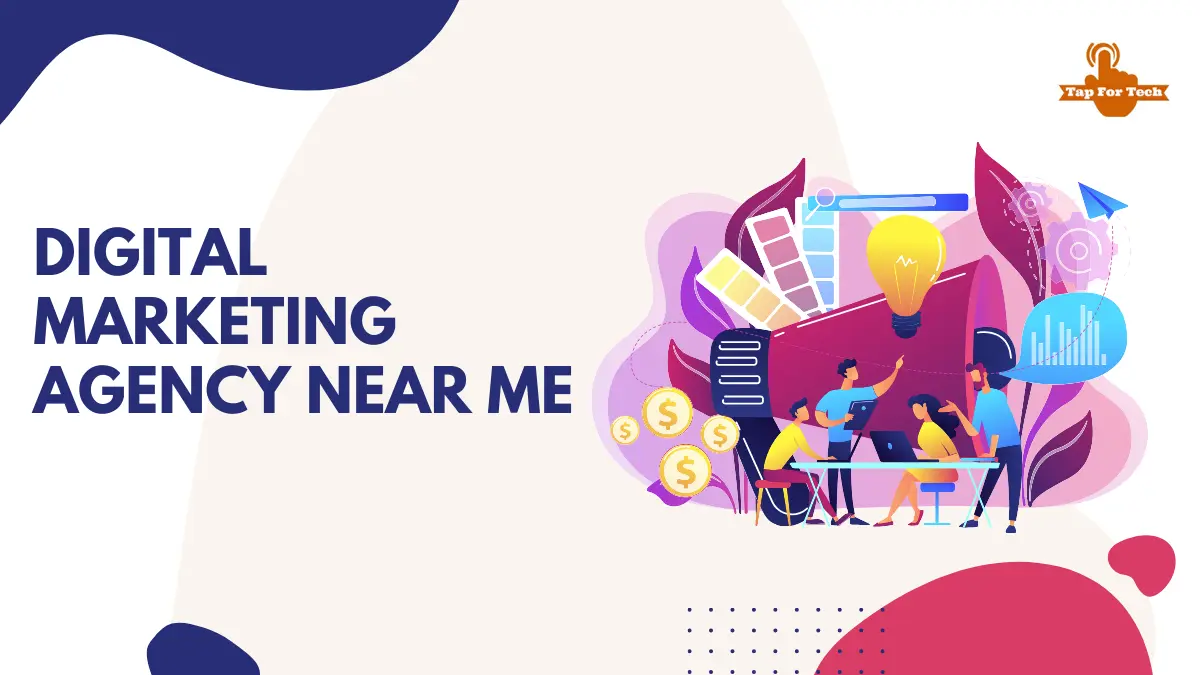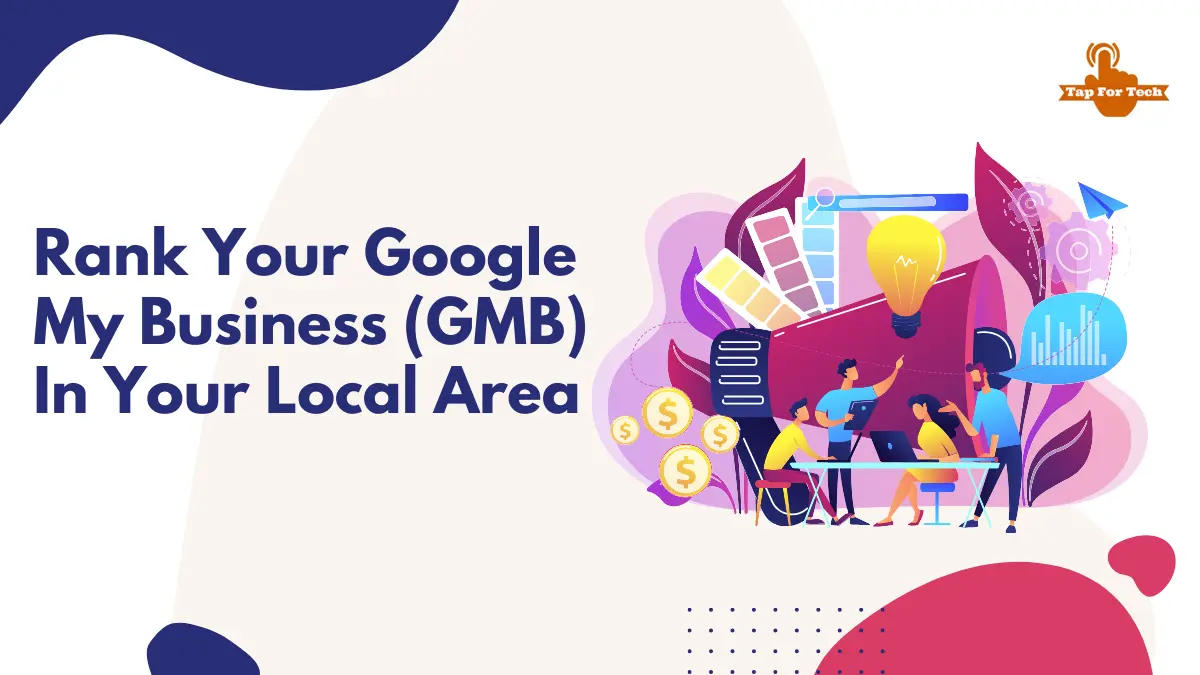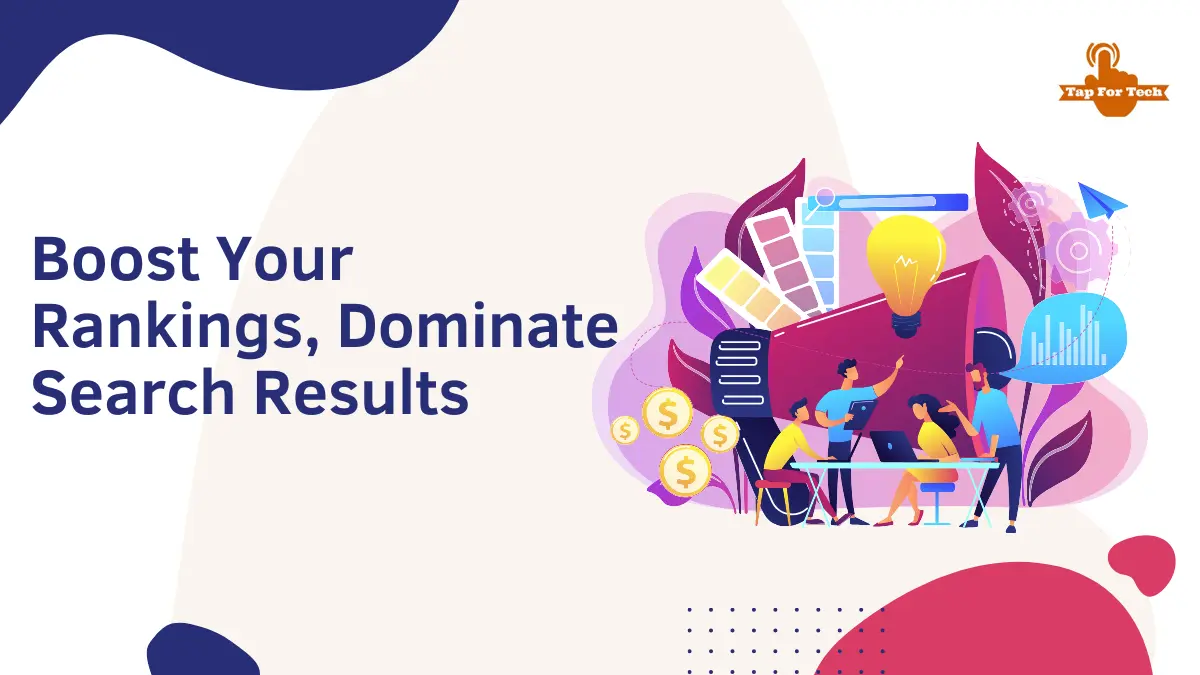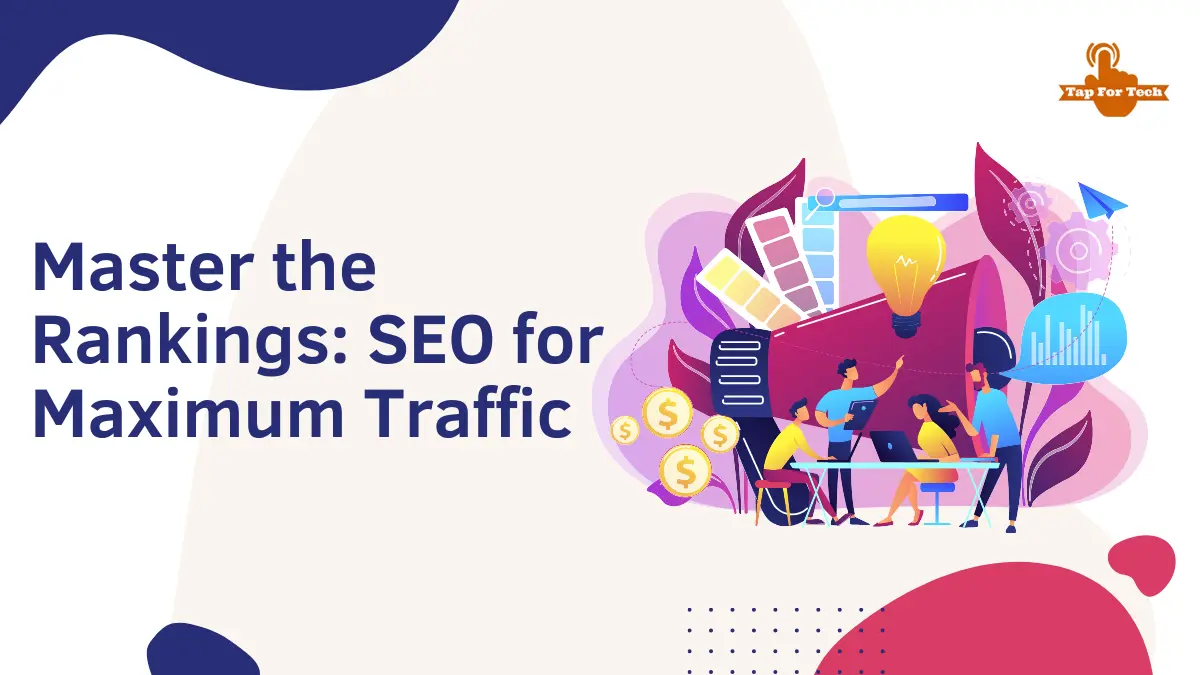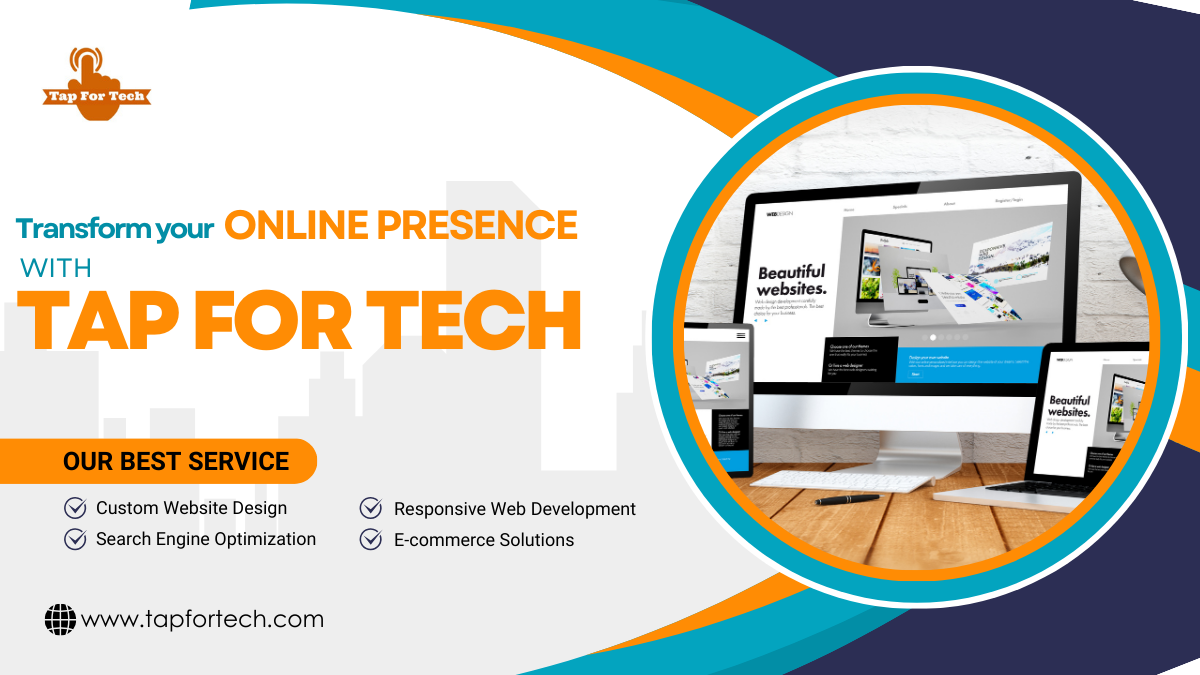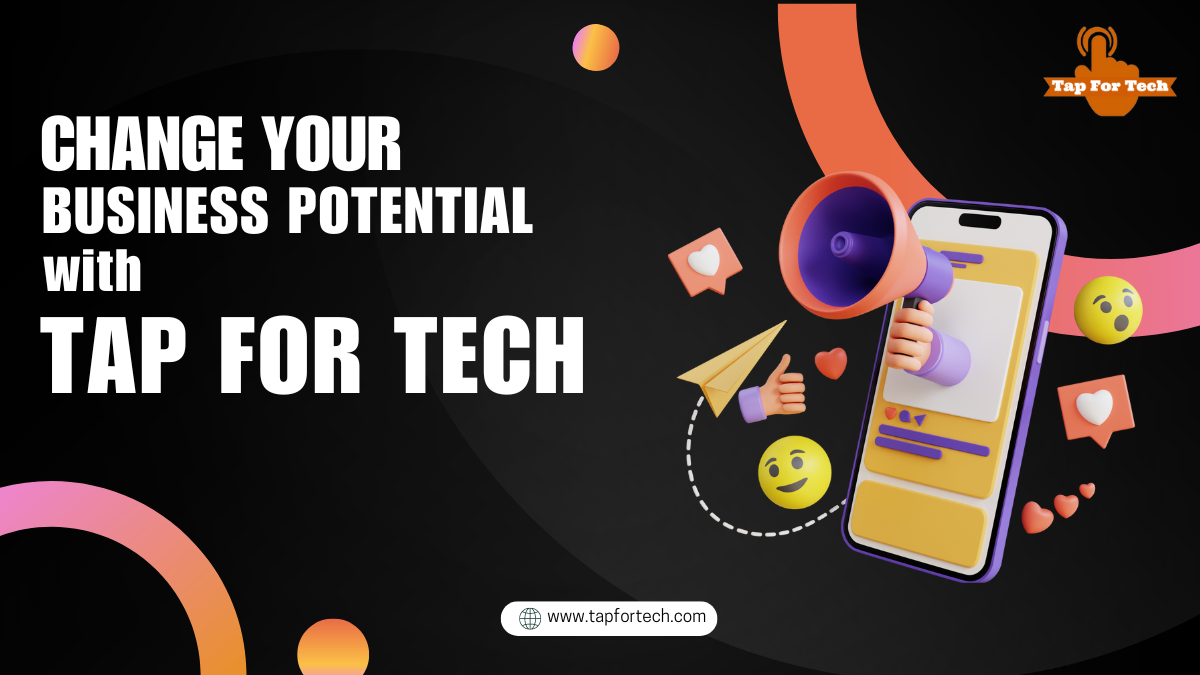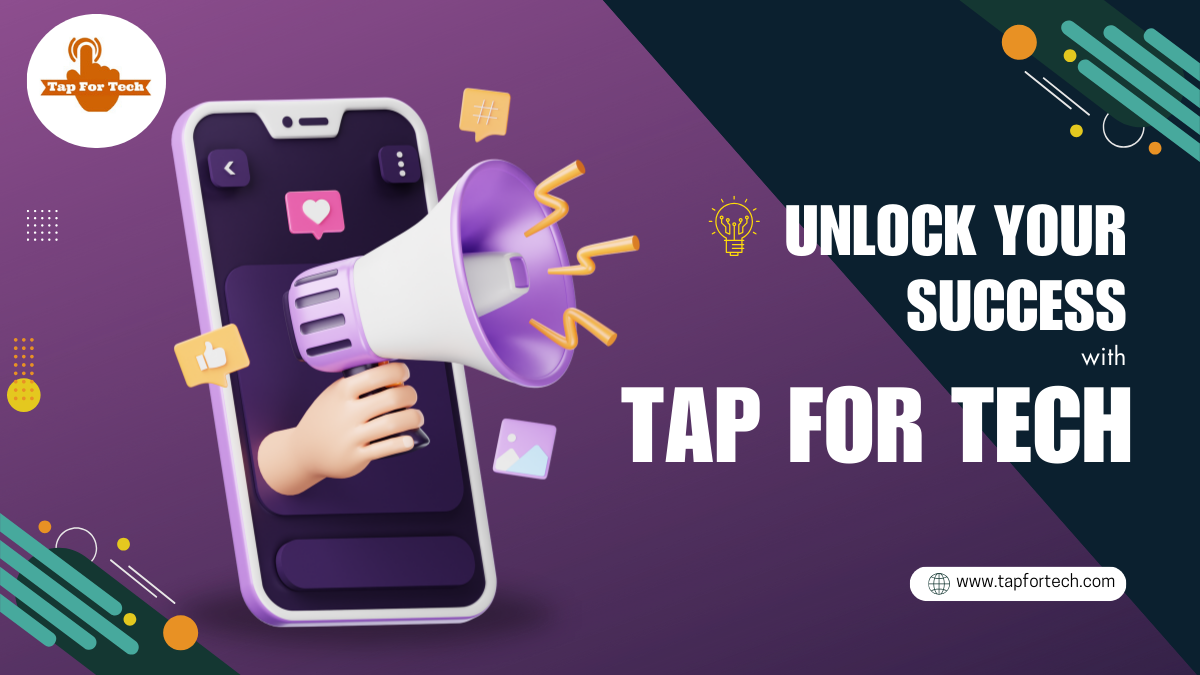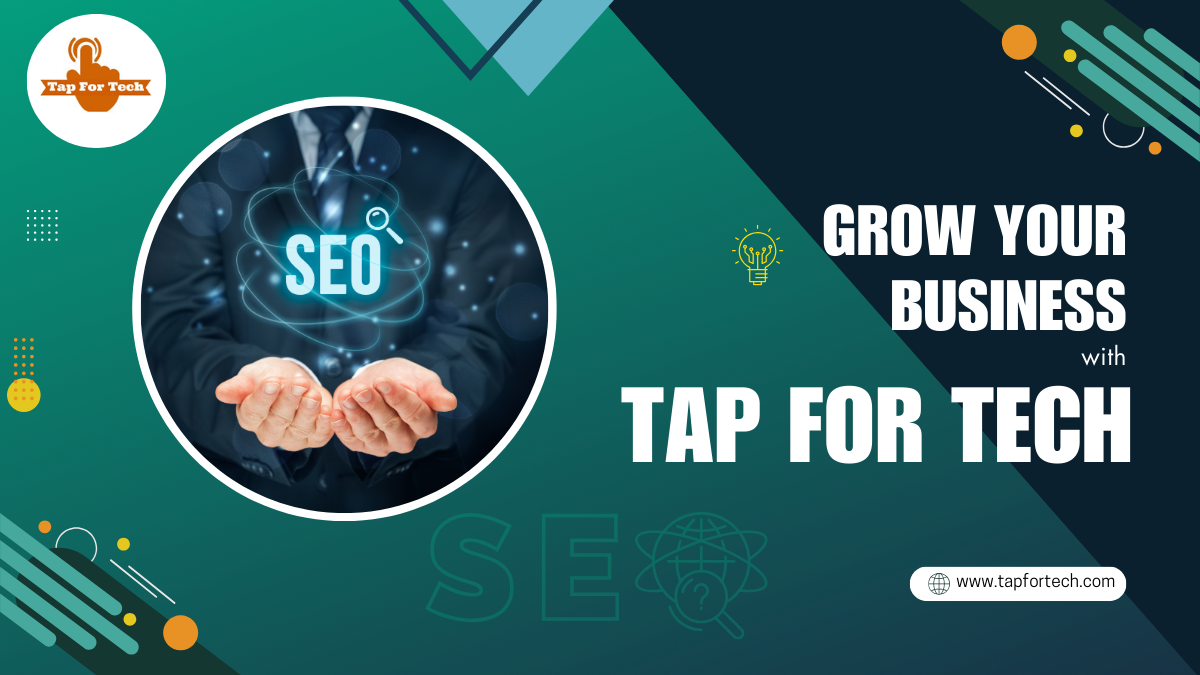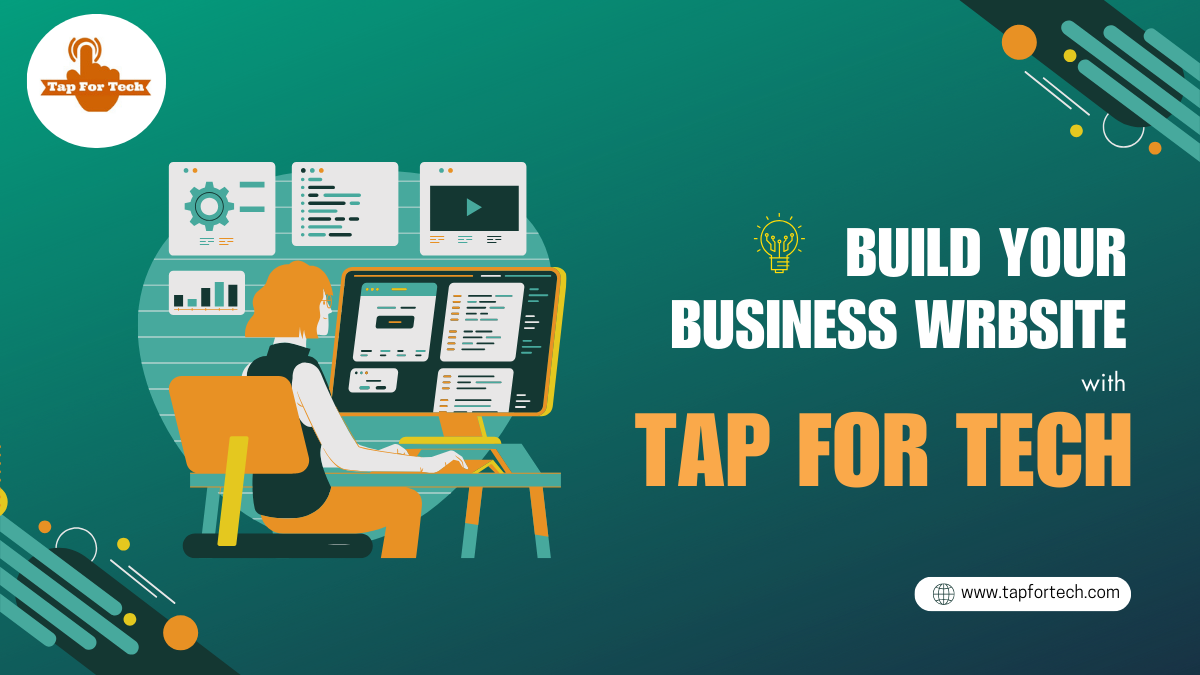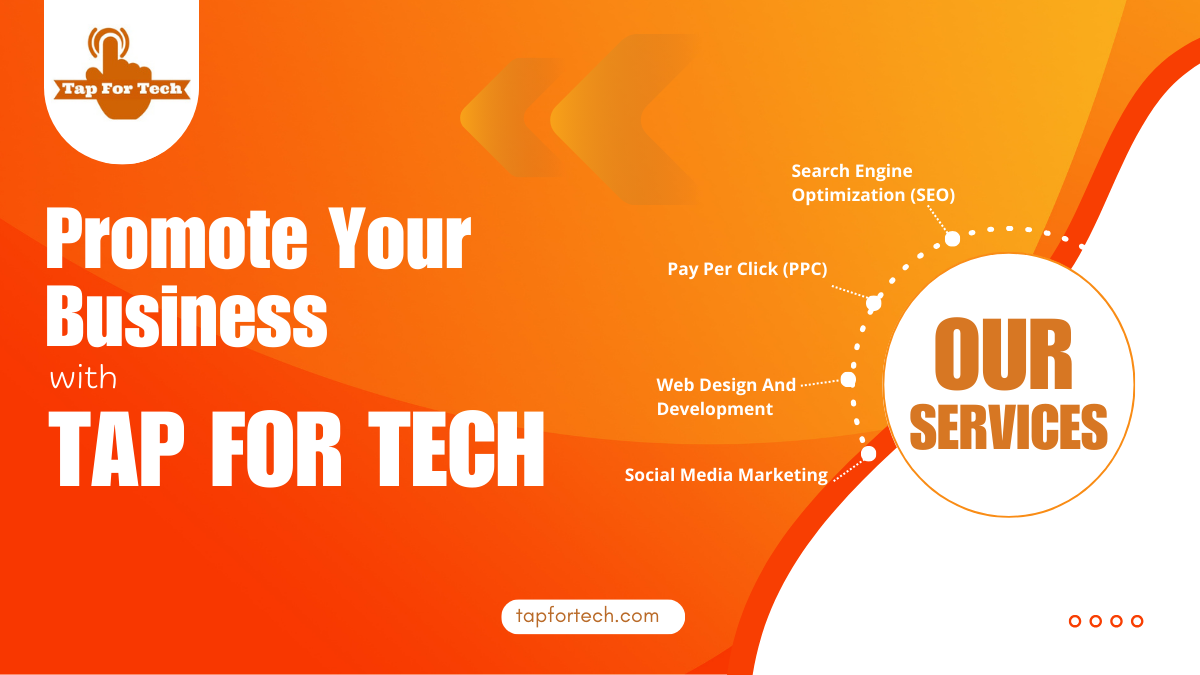Social media is no longer a nice-to-have for businesses in today’s digital landscape—it’s a must-have, regardless of whether you’re a startup or an established brand, and everywhere in between. Social media advertising has become a powerhouse of brand building, consumer engagement, and lead generation. There’s little that traditional marketing can do that social media marketing cannot do, and in many situations, it can be done better.
Table of Contents
Overview of Major Platforms
Every social media platform has a different purpose and target audience. A competent social media marketing agency understands that selecting the appropriate platform is imperative for success.
1. Facebook
Facebook is still the most popular social network around the world and remains a dominant force for branded exposure. From Facebook Pages to Groups and Marketplace, businesses have many avenues to connect with users on Facebook. Facebook also has gallery types to target specific audiences using social media advertising.
2. Instagram
Instagram is a visual-first platform so inherently very strong for brands with beautiful products or services. Between Reels and Stories, brands can create eye-catching content publishing fast. Specifically, influencer marketing is seeing a resurgence on Instagram and continues to be a go-to strategy among many media marketing campaigns.
3. X (formerly Twitter)
X is where real-time conversations and interactions take place. It works well for customer service issues, brand announcements, and trends. Brands have a lot of success on X when they find their voice and use humor.
4. LinkedIn
LinkedIn is the number one platform for B2B companies. It gives companies a chance to build authority, to share professional content, and to communicate with decision-makers. A social media marketing agency that is exclusively B2B, likely starts their strategy on LinkedIn.
6. YouTube
YouTube is the world’s second largest search engine behind Google, and is an effective video marketing tool. Develop long-form content, tutorials, reviews and behind-the scenes videos to create trust and credibility for your brand.
Understanding Your Audience
Your content could be amazing, but if it does not resonate with the right audience, it’s not going to do well. Knowing your audience is the key to successful social marketing.


Here’s how to know your audience:
- Make super detailed buyer personas. This means knowing their age, interests, pain points, behavior, etc.
- Engage with your followers. Read your comments, host Q&As, don’t ignore all the valuable feedback.
- Use analytics. Platforms like Facebook Insights or Instagram Analytics can provide incredible detailed data regarding your audience’s demographics and behavior.
- A/B test your content. Text messaging and visuals to see what your audience responds to.
By seeking to have a clear sense of who you’re speaking to, you can create messages that truly connect with your audience, which creates a more meaningful engagement and loyalty with your brand.
Paid vs. Organic Strategies
A strong marketing plan for social media is built on paid and organic media.
Organic Social Media Marketing
Organic reach is what users see when they do not have advertising being pushed to them. This can be posts, videos, and all sorts of content. It builds brand identity, community, and provides value on an ongoing basis, but with algorithm updates, organic reach is on the decline for most platforms.
Paid Social Media Advertising
This will allow you to target an audience, set your budget, and scale quickly. Facebook and Instagram provide you with granular targeting by the user’s interests, behavior, demographic, and more. Paid ads are especially effective for:
- Launching new products
- Retargeting your website visitors
- Driving traffic to landing pages
- Promoting time-sensitive offers
Paid and organic media combine both the authenticity and immediacy.
Metrics to Track Performance
To determine if your social media marketing efforts are worth it, you need to measure the appropriate metrics. Here are some of the most important:
1. Reach and Impressions: These metrics tell you how many people have seen your content and/or how many times it was displayed.
2. Engagement Rate: This can include likes, shares, comments, and saves. If there is a high engagement rate, then your content resonates with your audience.
3. Click-Through Rate (CTR): CTR tells you how many people clicked on your link or ad. If you have a high CTR, that usually means that your content was interesting and your content was effective.
4. Conversion Rate: This metric is the ultimate metric. It tells you whether your campaign converted into real business results – sales, sign-ups, downloads, etc.
5. Follower Growth: If your followers are growing, then your brand awareness is growing, which is good, but it should not be the focal point.
Use tools like Google Analytics, Meta Business Suite, or a third-party platform like Hootsuite or Sprout Social, which can help you track and visualize these metrics faster and easier.
Case Studies of Brand Growth
Let us look at those brand transformations as a result of social media marketing success:
1. Glossier (Beauty): Glossier built a billion-dollar business by using Instagram instead of traditional ads.
They built brand identity by only collaborating with influencers and user-generated content. Instead, they asked their customers to post their looks and reviews.
2. GoPro (Tech/Outdoor): GoPro turned social marketing into a true profit maker by adding user-shot content from all over the globe to their feeds. Their YouTube and Instagram pages have thousands of jaw-dropping adventure videos. GoPro cleverly got their customers to do the selling when they asked customers to capture their experiences and share them.
3. Zomato (Food Delivery): Zomato has accumulated a large following thanks to their funny, relatable social media posts on X (Twitter) and Instagram. They mix pop-culture references and food-related humor, interacting and entertaining their audience.
4. Nike (Sportswear): Nike builds strong storytelling, emotional stories, diverse representation and compelling visuals on YouTube and Instagram in bringing campaigns to life like “Just Do It”. Nike designs content that often goes viral. Nike has created an innovative global brand.
The Role of a Social Media Marketing Agency
For small businesses, it’s easy to get overwhelmed with the different facets of social media advertising and content creation. That’s where a social media marketing agency can come in.
Agencies offer:
- Strategic Planning relative to your industry
- Content creation and scheduling
- Ad management and monitoring for performance
- Partnering with Influencers
- Managing your community
So your business can outsource these services to professionals and focus on providing great products while still building a digital presence.
Frequently Asked Questions (FAQs)
What is social media marketing?
Social media marketing is the use of platforms such as Facebook, Instagram, LinkedIn, X (Twitter) and YouTube to build visibility for your brand, products or services. It entails both organic (free) content as well as paid ads that aim to increase awareness, engagement, website’s traffic, and ultimately sales.
How can social media marketing transform my brand?
Social media marketing can improve brand awareness, develop brand loyalty, promote sales, and establish yourself as a thought leader in your niche. It allows for direct communication between you and your customers, showcasing your brand’s personality and creating a community around your products/services.
What’s the difference between paid and organic social media strategies?
Organic social media involves posting various types of content, without paying for any promotion—photos, video, status updates—all aimed at organically growing your audience and engagement.
Paid social media marketing can get your ads in front of specific audiences and instigate visibility and conversions far faster. Ideally you’d want a combination of both strategies in your long-term marketing ecosystem.
Conclusion
Social media marketing is more than just posting images or videos; it’s about connecting with your audience, building trust, and converting followers into customers. Whether you tell stories organically or run paid social media ads, every brand has the opportunity to grow if they implement the proper media marketing strategy.
Effective media marketing will help you figure out how to select the right platform, understand your audience, and balance paid and organic media marketing techniques, which are sure to increase your brand. And if you feel overwhelmed and can’t do it on your own; hiring a social media marketing agency might be the move your brand needs.
Tap For Tech wants businesses to understand that social media platforms are built to build, engage, and convert the user. The media platforms with the right understanding and execution can create opportunities you never thought possible.


